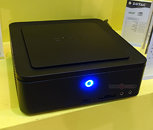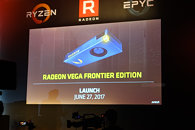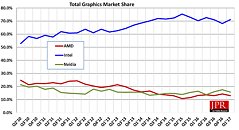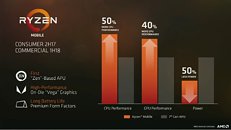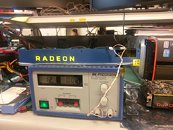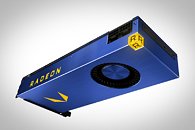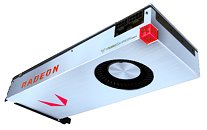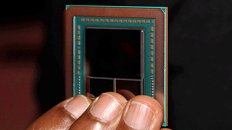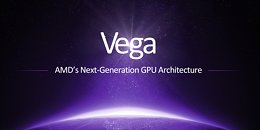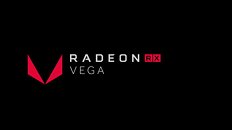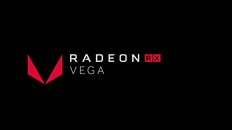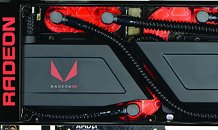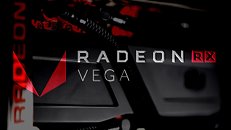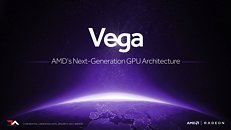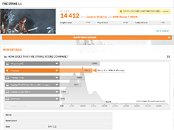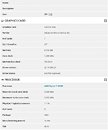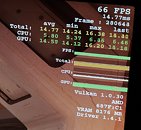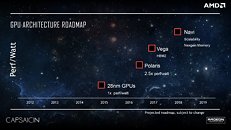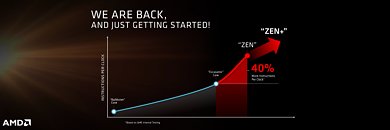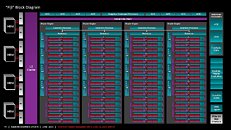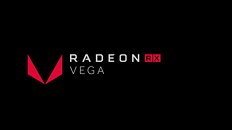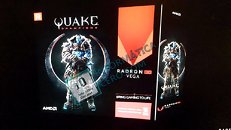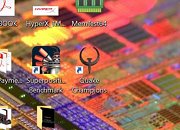
ZOTAC Shows Off ZBOX MA551 SFF Desktop with AMD Ryzen APU Support
ZOTAC, at its Computex 2017 booth, showed off the ZBOX MA551 compact desktop with an AMD socket AM4 motherboard inside. Currently, this desktop is being displayed with a 7th generation A-series "Bristol Ridge" APU, but the board is ready for upcoming Ryzen "Raven Ridge" APUs up to 65W TDP, which combine a "Zen" CCX (quad-core complex) with a "Vega" based integrated GPU.
We took a peek under its hood, which reveals a custom-design motherboard, with an air cooling solution over the APU. The board also features a 2.5-inch drive bay with SATA back-plane, a 32 Gb/s M.2-2280 slot, an M.2-2240, an additional mPCIe slot (probably for the WLAN card). Two DDR4 SO-DIMM slots hold on to up to 32 GB of dual-channel memory. Other connectivity includes six USB 3.0 ports (including a type-C), an SD/micro-SD card reader, gigabit Ethernet, 802.11ac + Bluetooth 4.2 WLAN, and display outputs that include HDMI 2.0 and DisplayPort 1.2 outputs.
We took a peek under its hood, which reveals a custom-design motherboard, with an air cooling solution over the APU. The board also features a 2.5-inch drive bay with SATA back-plane, a 32 Gb/s M.2-2280 slot, an M.2-2240, an additional mPCIe slot (probably for the WLAN card). Two DDR4 SO-DIMM slots hold on to up to 32 GB of dual-channel memory. Other connectivity includes six USB 3.0 ports (including a type-C), an SD/micro-SD card reader, gigabit Ethernet, 802.11ac + Bluetooth 4.2 WLAN, and display outputs that include HDMI 2.0 and DisplayPort 1.2 outputs.
